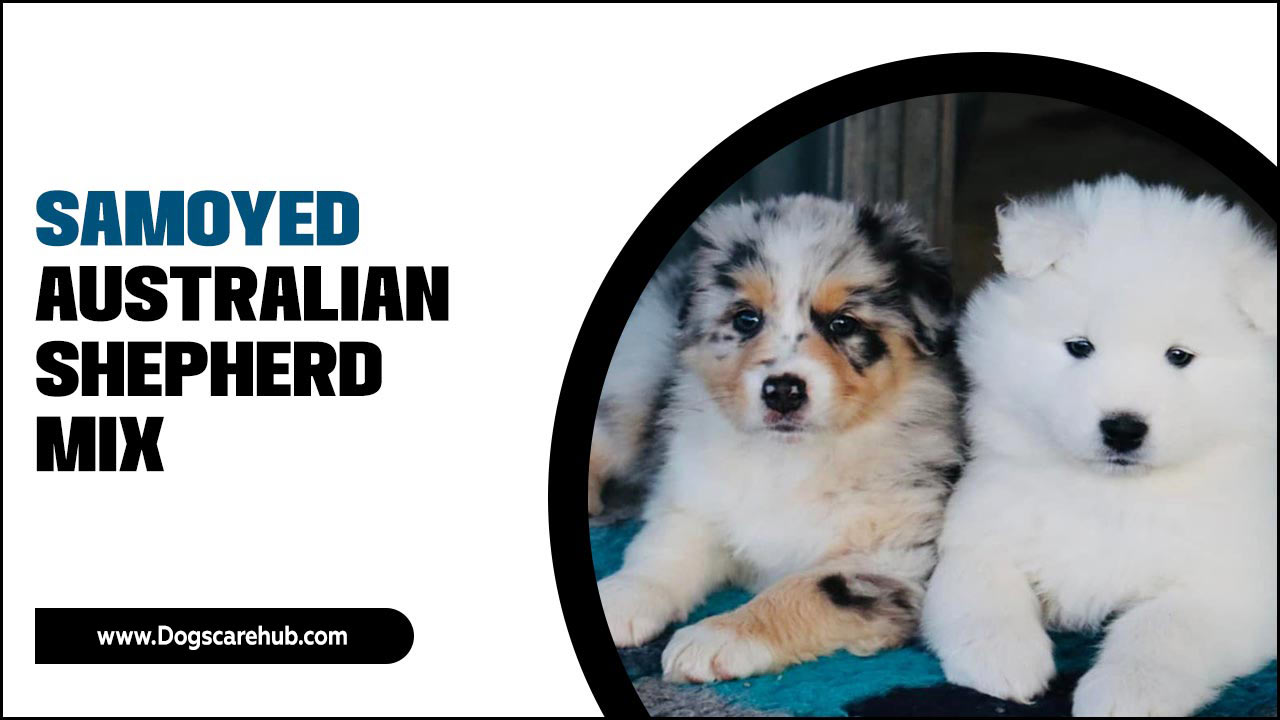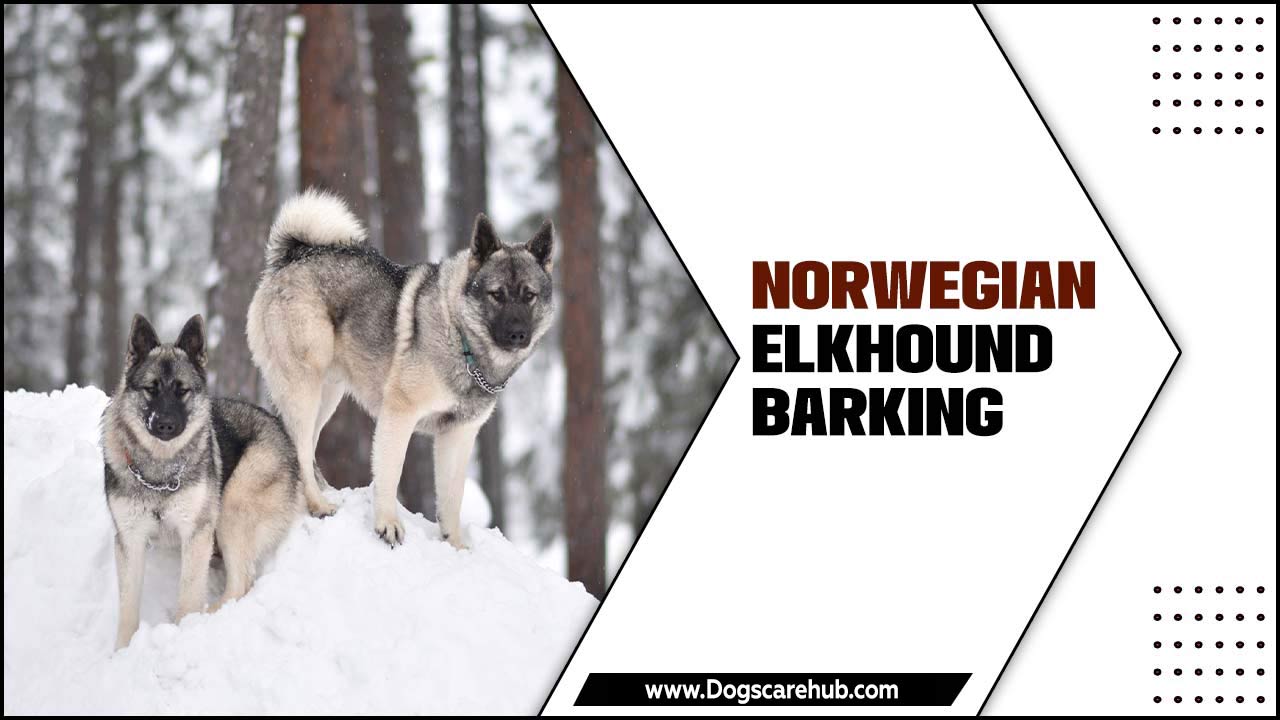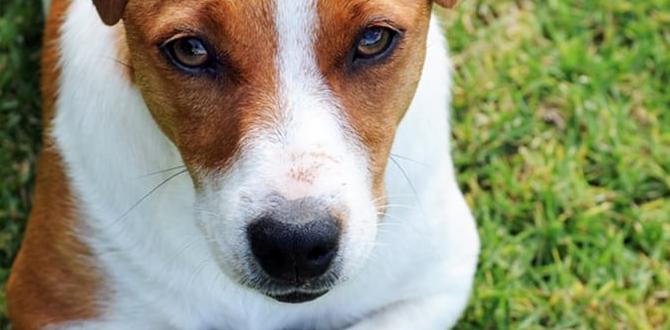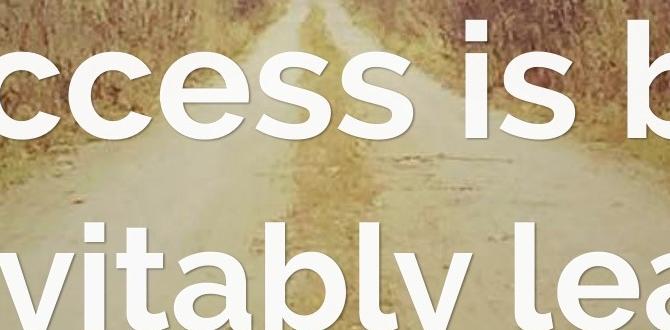Have you ever seen a pug and thought, “What a cute little dog!”? Pugs are known for their wrinkly faces and playful nature. They can bring a lot of joy to a family. But is a pug the right pet for your household? Before you decide, it’s important to consider some pug pros and cons for families.
For many, a pug seems like the perfect match. They love to cuddle and play. They are funny little creatures that often make everyone laugh. But, not every family is ready for a pug’s needs. They have special health concerns that can surprise new pet owners.
Let’s explore both sides. What makes pugs great family pets? What challenges can they bring? Understanding these aspects is key if you want to welcome a pug into your home. You might find some fun facts that make you see pugs in a whole new light!
Pug Pros And Cons For Families: A Balanced Overview
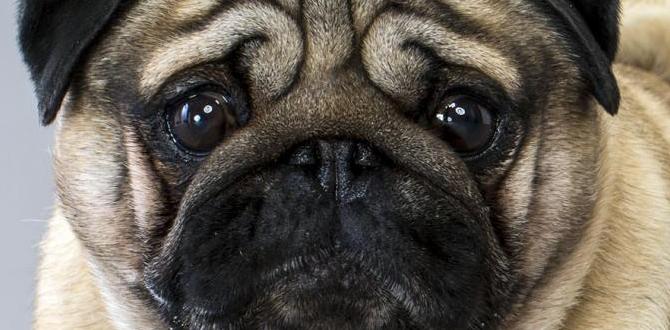
Pug Pros and Cons for Families
Pugs make great family pets with their fun personalities. They are very affectionate, loving attention from everyone. However, they can be stubborn, which might make training a challenge. Pugs also snore and can have health issues due to their short snouts. They require regular exercise to stay healthy and happy. When considering a pug, think about their needs. Would you enjoy a playful companion that requires care? It’s a decision worth pondering!Pros of Having a Pug in Your Family
Affectionate and loving nature. Good with children and other pets.Pugs are like furry little bundles of joy! They are affectionate and love to cuddle. These charming pups often become best friends with everyone in the family, including the kids and even the family cat! Their playful nature can lighten up any gloomy day. Kids love to play with pugs, and pugs love to play right back! Plus, they’re usually friendly with other pets, making it easy for them to join the family fun. Who wouldn’t want a charming little clown around?
| Quality | Benefit |
|---|---|
| Affectionate Nature | Great for cuddles and love. |
| Good with Kids | Playful and friendly companions. |
| Friendly with Other Pets | Easy to get along with everyone! |
Cons of Having a Pug in Your Family
Health issues common in Pugs. Exercise and grooming needs.Pugs can be charming companions, but they come with some challenges. Their squished faces often lead to breathing problems and eye issues. A pug wheezing like a tiny steam engine can be quite funny, but it’s a sign of trouble! They also require regular exercise to keep those little legs fit. A daily stroll is a must—no couch potatoes allowed! Plus, their thick coats need grooming to avoid “pug fur surprises” around the house. Check out the table below for a quick look at these concerns:
| Issue | Description |
|---|---|
| Health Problems | Breathing and eye issues can be common. |
| Exercise Needs | Daily walks help keep them healthy and happy. |
| Grooming Needs | Regular brushing is needed to manage shedding. |
Pugs and Family Dynamics
How Pugs interact with children. Importance of socialization.Pugs are friendly and loving dogs. They often get along well with children. Pugs love to play and enjoy being part of family activities. Socialization is important for them. Early exposure to different people and situations helps them feel more comfortable. This way, they learn to be friendly with kids and others. When pugs are well-socialized, they can be great companions. Families can enjoy fun times together when pugs feel happy and safe.
Do Pugs get along well with kids?
Yes, Pugs generally get along very well with kids. They are playful and affectionate, making them great family pets.
Living Arrangements for Pug Owners
Space requirements for Pugs. Adaptability to apartment living.Pugs are small and friendly dogs. They need some space to play but are happy in smaller areas too. Here are a few key points about their living needs:
- Pugs do well in apartments.
- They only need short walks.
- They won’t feel crowded in small homes.
Families should remember Pugs love being close to their humans. They adapt well to most living spaces, making them great companions for many households.
Can Pugs live in small spaces?
Yes, Pugs can easily live in small spaces like apartments. They are not very active indoors and enjoy relaxing with their family.
Cost of Owning a Pug
Initial purchase and adoption costs. Ongoing healthcare and maintenance expenses.Bringing a pug into your family involves some costs. First, consider the initial purchase or adoption fees. These can range from $300 to $1,500, depending on where you get your pug. Next, think about ongoing expenses. You need to budget for food, grooming, and regular vet visits. Here’s a quick look at costs:
- Food: $30 to $70 per month
- Grooming: $25 to $50 per session
- Vet visits: $200 to $500 each year
Owning a pug can be fun, but it does require money. Make sure you are ready for it!
How much does it cost to adopt a pug?
The adoption fee for a pug usually ranges from $100 to $400, depending on the shelter. Be sure to check local rescue groups for lower fees!
Training and Behavior of Pugs
Basic obedience training tips. Common behavioral challenges.Pugs are cute little buddies, but training them can feel like herding cats—slightly chaotic! Start with basic obedience training. Teach simple commands like “sit” and “stay” using treats. Remember, patience is key! Common behavioral challenges include stubbornness and snoring. Yes, these little charmers snore louder than a bear! Try consistent routines and lots of positive reinforcement. A happy pug is an obedient pug.
| Challenge | Tip |
|---|---|
| Stubbornness | Use tiny treats to encourage good behavior. |
| Excessive Barking | Teach “quiet” with rewards for silence. |
| Potty Training | Take them out regularly and reward them outside. |
Pug Care Needs for Families
Diet and nutrition considerations. Regular veterinary care and checkups.Pugs need special care to stay happy and healthy. First, their diet should include high-quality dog food. This helps keep them strong. Avoid too many treats! Pugs can gain weight quickly. They also need regular veterinary care. Checkups help spot any health problems early. These visits keep your pug bright and energetic.
- Feed a balanced diet rich in protein.
- Limit treats to avoid obesity.
- Schedule annual vet visits.
- Keep up with vaccinations.
What should I feed my pug?
Focus on high-quality dog food that gives your pug the right nutrients. Look for protein as the first ingredient. This supports their energy and overall health.
How often should pugs visit the vet?
Pugs should see the vet at least once a year. This helps in spotting any health issues early. Regular checkups are very important for their well-being.
Conclusion
In conclusion, Pugs can be great family pets! They are loving and playful, but they also need care. Remember, they might shed and can have health issues. If you think a Pug is right for you, consider adopting one from a rescue. Research more about their needs to ensure a happy life together. Happy pet parenting!FAQs
What Are The Key Personality Traits Of Pugs That Make Them Suitable For Families With Children?Pugs are friendly and loving dogs. They like to play and have fun with kids. Pugs are also very silly, which makes us laugh. They are gentle and never bite. This makes them great buddies for children!
What Health Considerations Should Families Be Aware Of When Adopting A Pug?When adopting a pug, you should know they can have breathing problems because of their flat noses. We also need to watch their weight, as pugs can get chubby easily. They might have skin issues or eye problems, too. Regular vet check-ups are important to keep them healthy. Always give your pug love and attention!
How Do Pugs Interact With Other Pets In A Family Environment?Pugs are usually friendly and playful with other pets. They like to be around dogs, cats, and even smaller animals. You might see them chasing each other or cuddling together. Sometimes, they can be a bit stubborn, but they generally get along well. In a family with different pets, pugs can bring a lot of fun and joy!
What Are The Grooming And Maintenance Requirements For Pugs That Families Need To Consider?Pugs need regular grooming to keep their fur shiny and clean. You should brush their coat once a week. They also have big eyes that need checking for dirt and tears. Pugs don’t sweat much, so they can overheat. Make sure they stay cool and comfortable!
How Do Pugs Adapt To Different Living Situations, Such As Apartments Versus Houses With Yards?Pugs are very flexible dogs. If you live in an apartment, they can get enough exercise indoors. You can play with them in small spaces. If you have a house with a yard, they love to run and play outside. No matter where they live, pugs just want to be near you!
Meet Elyse Colburn, the devoted canine companion and storyteller behind the enchanting world of “Tales, Tails, and Adventures Unleashed.” A passionate dog enthusiast with a heart full of paw prints, Elyse Colburn shares heartwarming tales and insightful adventures, celebrating the joy, loyalty, and endless antics that make every dog a true hero. Join Elyse Colburn on this tail-wagging journey, where every post is a love letter to our four-legged friends.

